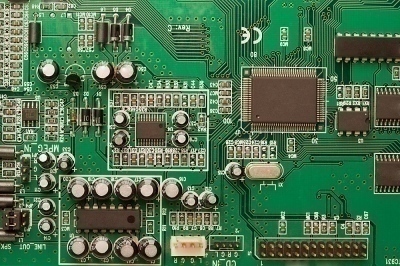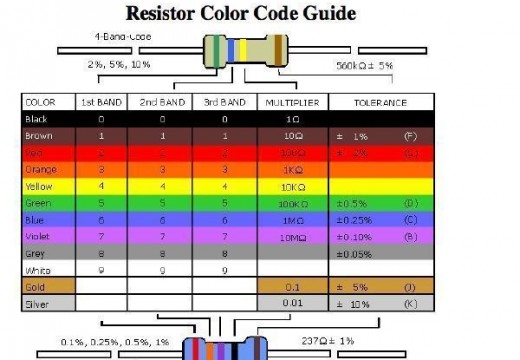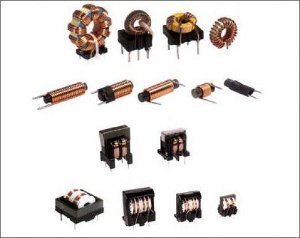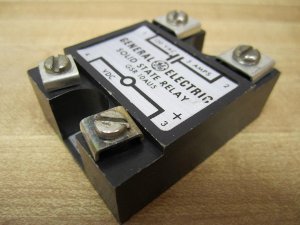A clock generator is a type of circuit that produces a continuous, synchronized electrical signal for timing purposes in a wide variety of devices. Because many high end electronic equipment require that electrical signals and mechanical devices work together in an efficient manner, clock generators are often a necessary component in many devices in order to ensure that all other components work harmoniously.
How Clock Generators Work
Clock generators are generally made of a quartz or ceramic piezo-electric circuit board that includes an oscillator and an amplifier. As the piezo-electric material responds to changes in pressure, the oscillator produces a constant wave that repeats itself, such as a square wave, in order to synchronize external events. The amplifier receives and inverses this signal, passes it along to the output, and returns a portion of the signal back to the oscillator.
Applications
Clock generators can be used in a wide variety of applications, the most notable being computer systems. Clock generators are used in computers to manage memory cards, peripheral devices, CPUs, ports, etc. In fact, computer experts often reset clock generators in order to control these devices’ speed and performance. Clock generators are also used in telecommunication systems, digital switching systems, and many mechanical devices.
Advantages
Clock generators are advantageous because they allow mechanical devices to stay synchronized with their digital counterparts. Many clock generators, known as “programmable clock generators,” can be modified to change the signal they produce, allowing users to change the speed at which mechanical and digital devices perform tasks. Clock generators are usually small, lightweight, and inexpensive to produce, allowing them to be placed in ever smaller electronic devices such as laptops, notebooks, and smartphones.




Guest
;